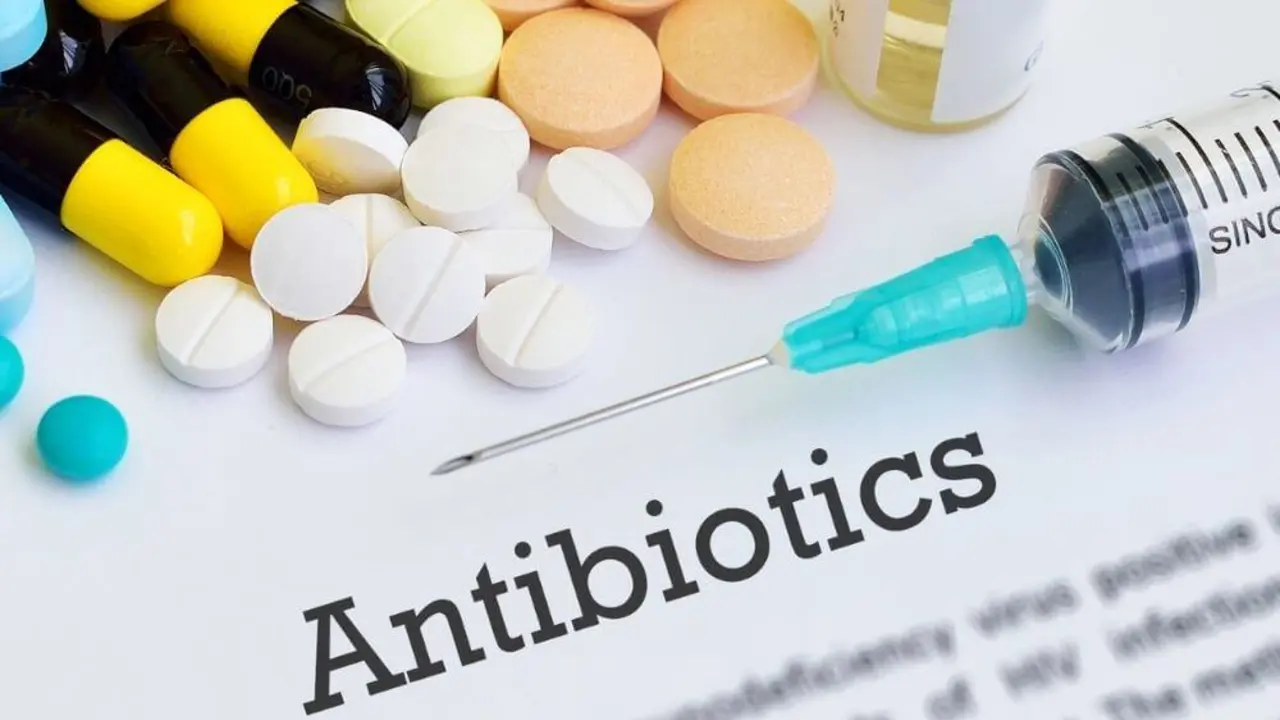Pediatric Safety: Simple Steps to Keep Kids Safe with Medications
Giving medicine to a child can feel scary, but you don’t need a pharmacy degree to do it right. The biggest mistakes—wrong dose, poor storage, or mixing drugs—are easy to avoid once you know the basics. Below you’ll find practical tips you can start using today, whether you’re dealing with a prescription cough syrup or an over‑the‑counter pain reliever.
Top Tips for Safe Pediatric Medication Use
1. Read the label every time. Even if you’ve used the same bottle before, the label tells you the exact strength (milligrams per milliliter) and the age range it’s approved for. Skipping this step is the number one cause of accidental overdose.
2. Use the right measuring tool. The cup that comes with many medicines is not accurate. Always use the syringe or dropper that the pharmacy provides. If you need a different size, ask the pharmacist for a calibrated one.
3. Double‑check the dose. Convert the dosage from the label into something you can understand: "5 mg per kg" becomes "if your child weighs 20 kg, give 100 mg". Write the number on a sticky note and keep it next to the bottle.
4. Keep meds out of sight and reach. Store everything in a locked cabinet or a high shelf. Kids love curiosity; a hidden spot prevents accidental snacking on pills.
5. Separate medicines from food. Never crush pills into a spoonful of yogurt unless your doctor says it’s safe. Some drugs lose effectiveness or become toxic when mixed with certain foods.
What Parents Should Watch For
Even with perfect dosing, side effects can appear. Watch for unusual drowsiness, rash, vomiting, or changes in behavior. If any of these happen, stop the medication and call your pediatrician right away.
Keep a list of every drug your child takes, including vitamins and herbal supplements. Some “natural” products interfere with prescription meds, turning a harmless supplement into a hidden danger.
If you travel, bring a printed copy of the prescription and a short medication guide. Language barriers or unfamiliar pharmacies can lead to mix‑ups, especially in busy airports.
Finally, don’t hesitate to ask the pharmacist any question—how often to give a dose, what to do if you miss one, or whether a new over‑the‑counter product is safe for your child’s age. A quick chat can save hours of worry later.
Staying on top of pediatric safety isn’t about memorizing endless rules; it’s about building a few reliable habits—reading labels, using proper tools, and watching for reactions. Follow these steps and you’ll feel confident that you’re doing the safest thing for your little ones every day.
Pediatric Use of Clindamycin Phosphate: Safe Dosing and Tips for Parents
Hey there, lovely parents! Are you trying to navigate the world of antibiotics for your little one? I've been there, and it's so important to get it right. I want to chat about Clindamycin Phosphate – a common antibiotic that doctors prescribe for children. We need to know how to use it safely, and that means understanding the proper dosages and potential side effects. Stick with me, and we'll explore how to keep our kids safe while tackling those pesky infections. Let's take care of our little warriors together with the right info!

